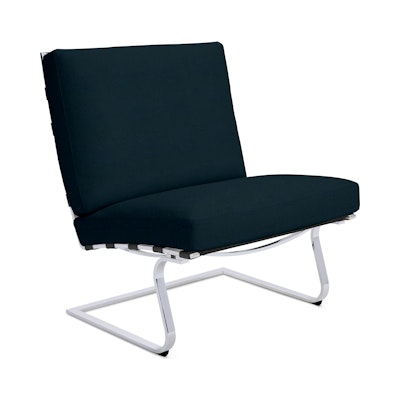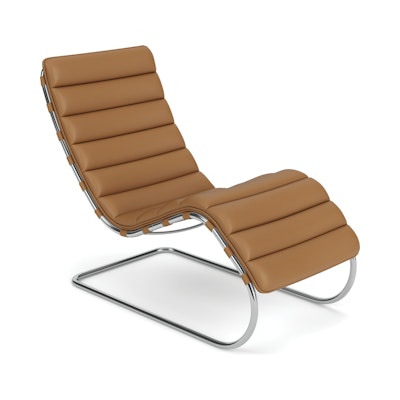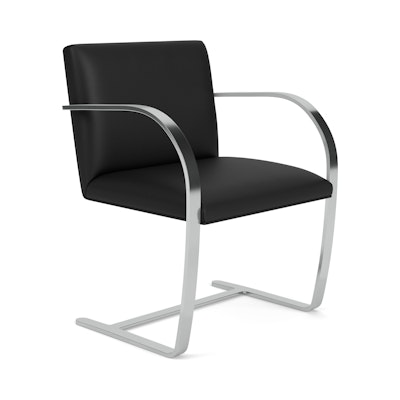Beautifully Framed
Photographing Villa Tugendhat

Villa Tugendhat by Ludwig Mies van der Rohe and Lilly Reich
To celebrate the archival reissue of the Tugendhat Chair—a 1929 masterpiece by Ludwig Mies van der Rohe brought back into production in 2024—we returned to the house for which it was originally designed.
The Knoll creative team arrived at Villa Tugendhat in Brno, Czech Republic with photographer Franck Bohbot who was “immediately blown away by how the space feels both monumental and intimate at the same time,” he recalls. “My first impression was this perfect balance between modernist precision and a sense of timeless warmth—it really felt alive, like every detail had a story to tell.”

“My first impression was this perfect balance between modernist precision and a sense of timeless warmth—it really felt alive, like every detail had a story to tell.”
The 1929 structure was designed for the Tugendhat family by Ludwig Mies van der Rohe and Lilly Reich. The architects, who understood how modern architecture and its lack of ornamentation allowed the brilliance of “noble materials” to be truly appreciated, specified exotic woods, Italian travertine, chrome-plated columns, luxurious textiles, and rare stones.
One of the highlights of the home is a honey-colored rock mined from the Atlas Mountains in North Africa used to create what’s known as the onyx wall. Mies personally supervised the cutting and placing of the stone, but it was only after installation that he discovered how the setting sun caused the white veins to appear red. “The wall transforms throughout the day as the light changes,” says photographer Bohbot. “It’s almost like the house is breathing.”
Gallery
The repetition of plus-shaped profiles in the crossbeams, lighting fixtures, and furniture furthers the holistic feeling of the space, and shows how the architects chose to celebrate the materiality of structures rather than hide them behind walls. Clad in polished chrome, the beams are anchored in concrete and lead up through cutouts in the floors to support the entire structure.
Built into a hill, the home consists of three cantilevered planes, each with panoramic views of the Brno skyline. Inside, because of the open plan afforded by the beams, there are uninterrupted sightlines throughout the interconnected rooms. The Tugendhat Chair was designed to complement the horizontal planes of the structure, with its own cantilevered seat beautifully in sync with the rhythm of the interior.
Gallery
“As an interior and architectural photographer, what I found most fascinating was the chance to connect Knoll’s legacy with the villa itself,” says Bohbot. “I always try to capture the grandeur of a space but also focus on the smaller details that reveal its character.”
What Mies and Reich created with Villa Tugendhat and how Bohbot captured it in his photographs, reflects a formal architectural purity and cohesive work of total architecture that continues to astonish and inspire today.
























